Giant Sea Bug’s New Status
In a groundbreaking discovery that has sent ripples through both the scientific community and culinary circles, researchers have identified a colossal new species of deep-sea isopod off the coast of Vietnam. Dubbed Bathynomus vaderi due to its uncanny resemblance to Darth Vader’s iconic helmet, this “supergiant” sea creature is making waves not only for its size but also for its unexpected journey from the ocean depths to dinner plates.
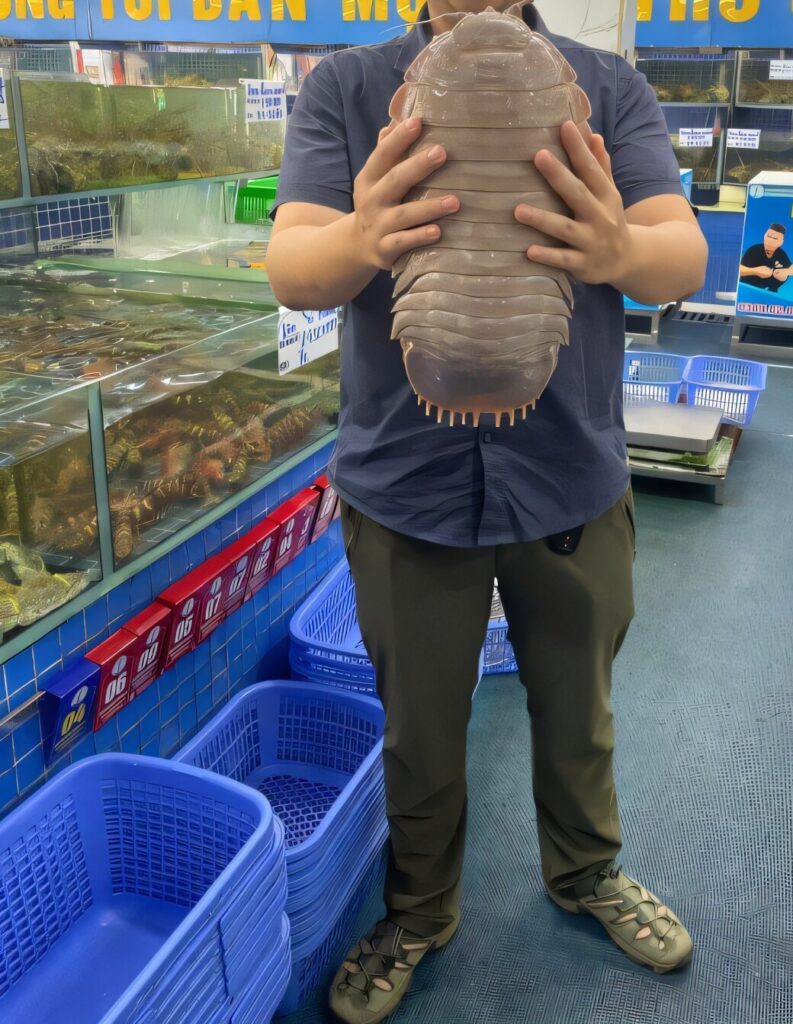
A Galactic Namesake
The moniker Bathynomus vaderi pays homage to the infamous Sith Lord from the Star Wars saga. The creature’s cephalon, or head, mirrors the distinctive contours of Darth Vader’s helmet, a similarity that inspired its name. This naming not only highlights the isopod’s unique morphology but also underscores the intersection of popular culture and scientific discovery.
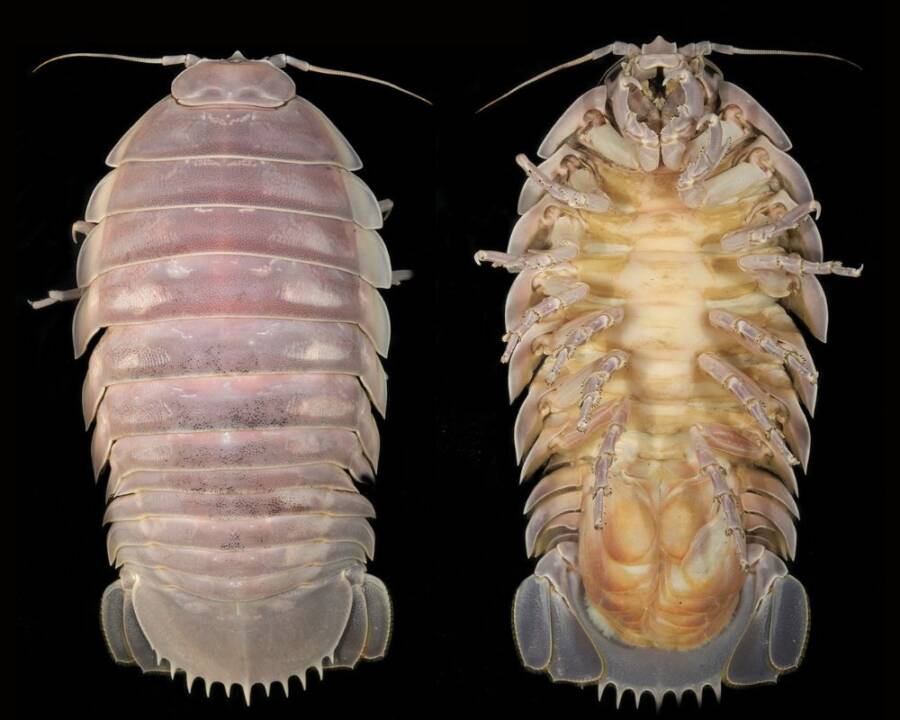
Discovery in Plain Sight
Remarkably, B. vaderi was identified not in the uncharted depths of the ocean but in bustling Vietnamese seafood markets. For years, local fishermen in Quy Nhơn City and other coastal regions had been harvesting these giant isopods as bycatch, unaware of their scientific significance. It wasn’t until researchers from Hanoi University, in collaboration with international experts, examined specimens purchased from these markets that the true identity of B. vaderi came to light.
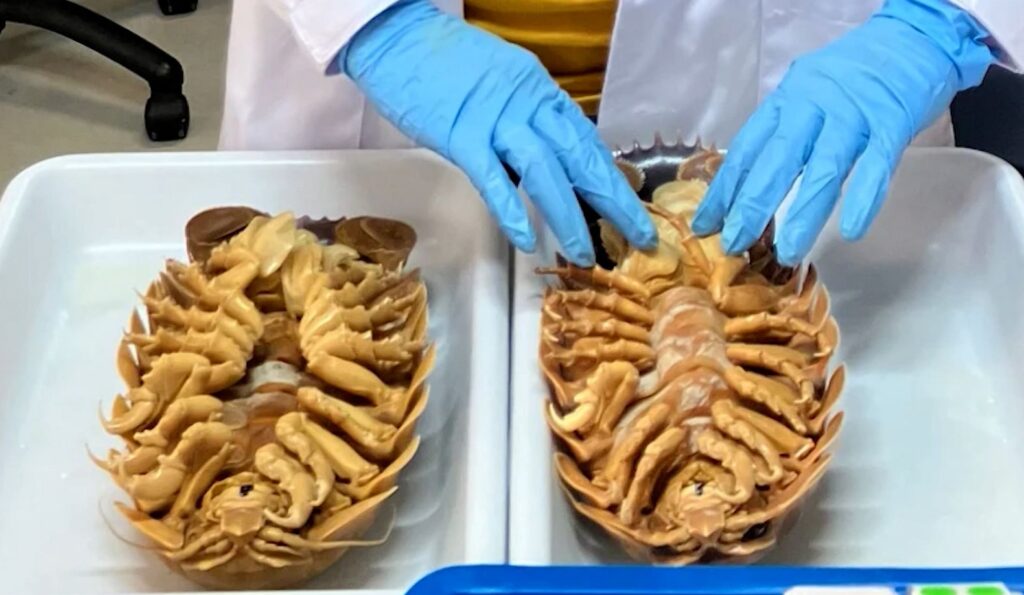
A Culinary Sensation
In recent years, B. vaderi has transcended its status as an incidental catch to become a sought-after delicacy in Vietnam. Known locally as “bọ biển,” these sea bugs have captivated the palates of seafood enthusiasts, with some aficionados claiming their flavor surpasses that of lobster. This surge in popularity has transformed B. vaderi into a premium seafood item, commanding high prices in markets and restaurants across the country.

Biological Marvel
Belonging to the genus Bathynomus, B. vaderi is classified among the “supergiant” isopods, a group renowned for their substantial size—a phenomenon known as deep-sea gigantism. These creatures can reach lengths of up to 32.5 centimeters (approximately 12.8 inches) and weigh over 1 kilogram (2.2 pounds), making them some of the largest isopods known to science. Their discovery in the South China Sea near Vietnam’s Spratly Islands adds a new dimension to our understanding of deep-sea biodiversity in Southeast Asia.
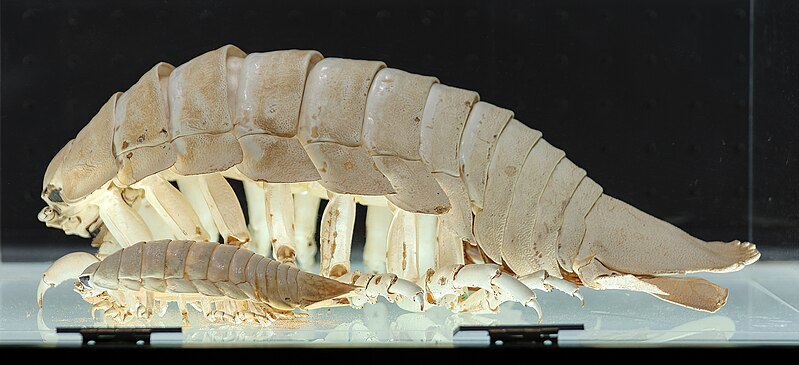
The rapid rise in demand for B. vaderi as a culinary delicacy raises pressing questions about the sustainability of harvesting practices. Overfishing could threaten the species’ population before comprehensive studies on its ecology and behavior are conducted. Researchers emphasize the urgency of implementing sustainable fishing practices to ensure that this remarkable species does not become endangered.
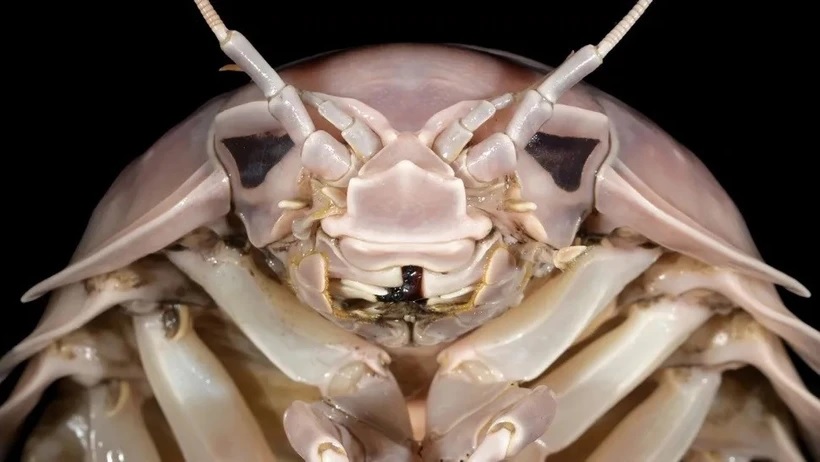
Uncharted Waters
The serendipitous discovery of Bathynomus vaderi underscores how much remains unknown about the deep-sea ecosystems in Southeast Asia. The fact that such a large and distinctive species could elude scientific detection while being openly sold in markets highlights the need for further exploration and study of marine biodiversity in the region. As human activities increasingly encroach upon deep-sea habitats, understanding and preserving these ecosystems become ever more critical.
Conclusion
The tale of Bathynomus vaderi is a compelling narrative that intertwines scientific discovery, cultural fascination, and culinary trends. From the depths of the ocean to the heights of gastronomic delight, this “Darth Vader” sea bug serves as a reminder of the mysteries that our planet’s oceans still hold—and the importance of uncovering them responsibly.
You might have missed many other fascinating pieces of information, follow Maybemiss.com to stay updated on things that may be old but feel incredibly new!
Read more: Havana Syndrome: The Mysterious Threat That’s Baffling the World in 2016
In late 2016, a terrifying mystery gripped U.S. diplomats stationed in Havana, Cuba. It began subtly—strange, high-pitched noises, a faint pressure in the head. But soon, these mild annoyances spiraled into debilitating symptoms: nausea, memory loss, and splitting headaches. Doctors were stumped, the victims were terrified, and the world was left wondering: What was happening in Havana?















Discussion about this post